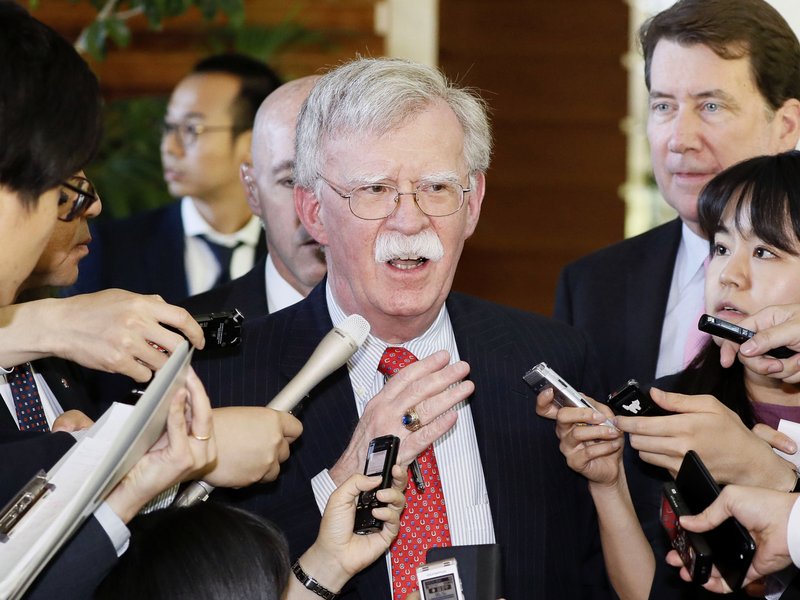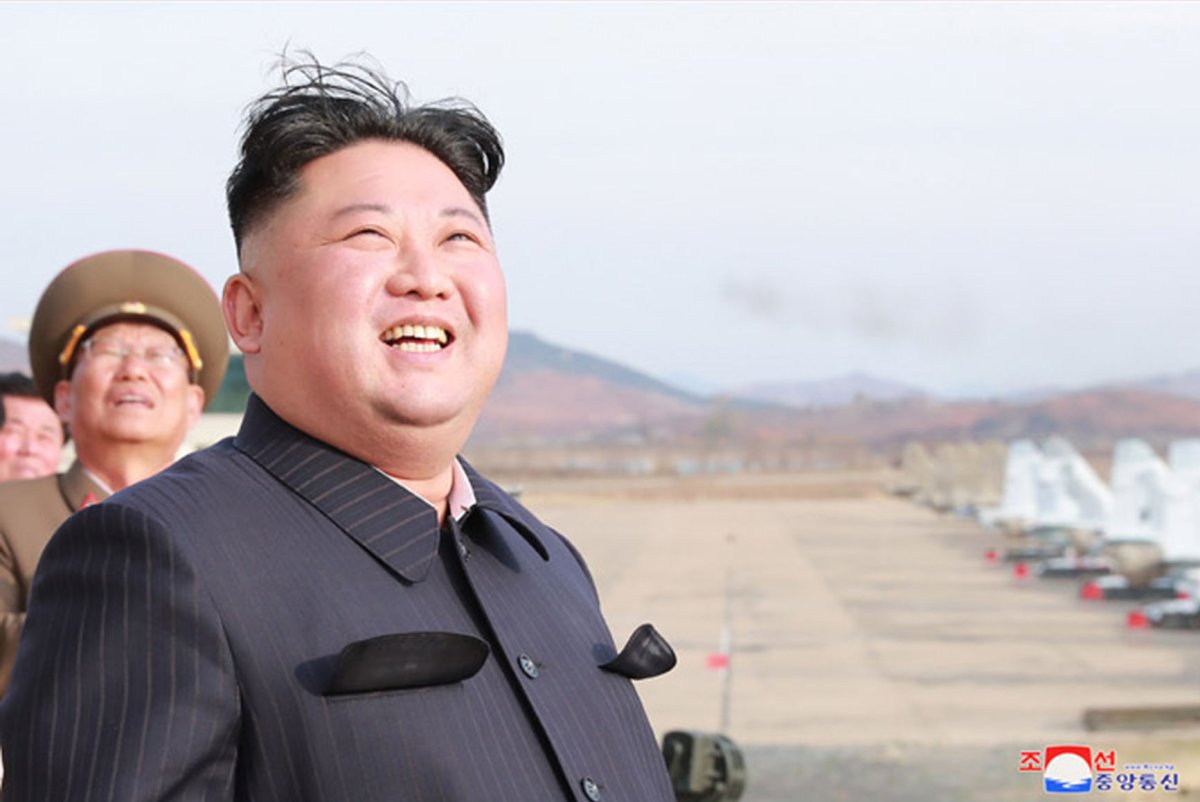Seoul: More analysis needed before confirming North Korea fired 'ballistic' missiles
MAY 10, 2019
ByYonhap News Agency
SEOUL, May 10 (UPI) -- South Korea's military insisted Friday that it is still unclear whether the short-range missiles North Korea fired a day earlier were ballistic missiles, despite Pentagon's announcement that they were.
South Korea's Joint Chiefs of Staff has said the communist nation was believed to have launched two short-range missiles but stopped short of determining whether they were ballistic missiles that the North is banned from launching under United Nations Security Council resolutions.
In Washington, however, Pentagon spokesman Lt. Col. Dave Eastburn said in a statement that the North "flight-tested multiple ballistic missiles" and they flew to distances "in excess of 300 km before impacting in the ocean."
"Up until now, we evaluate them just as short-range missiles and more precise analysis is required to clearly determine their nature," a JCS officer told reporters.
While stressing that intelligence authorities of South Korea and the United States were working together closely, the officer said the Pentagon's statement does not appear to be an official stance of the U.S. government.
He refused to reply to reporters' calls for clarification as to whether they were then cruise missiles or any other type.
If confirmed as ballistic missiles, it could chill ongoing diplomatic efforts to bring North Korea back to the table for dialogue on its nuclear programs, as U.N. Security Council resolutions ban the communist country from all kinds of ballistic missile firing.
The nuclear talks between Washington and Pyongyang have been effectively stalled since the breakdown of the Washington-Pyongyang summit in Hanoi in February.
The latest firings came just five days after the communist country fired a barrage of projectiles, including at least one tactical guided weapon and those from multiple launch rocket systems.
Asked if the two recent weapons tests involved the same type of projectiles, the official said "analysis is underway for details due to some differences in the projectiles," including the shape of transporter erector launchers employed for each test.
Based on photographs released by the North's media and analysis of their altitude and flight range, experts have said North Korea appeared to have test-fired its version of Russia's Iskander ballistic missile twice in a week.
The ground-to-ground, solid-fuel ballistic missile is known to be capable of flying as far as 300 miles, which puts a large part of the Korean Peninsula within their range.
The military, meanwhile, confirmed that North Korea fired a barrage of projectiles that appeared to have come from 152-mm self-propelled guns and 240-mm MLRSs on Thursday, sometime after the launch of the short-range missiles.
"We spotted North Korea's artillery firings at a location some distance away from the missile launch site," a JCS officer said without further elaboration.

 www.upi.com
www.upi.com
MAY 10, 2019
ByYonhap News Agency
SEOUL, May 10 (UPI) -- South Korea's military insisted Friday that it is still unclear whether the short-range missiles North Korea fired a day earlier were ballistic missiles, despite Pentagon's announcement that they were.
South Korea's Joint Chiefs of Staff has said the communist nation was believed to have launched two short-range missiles but stopped short of determining whether they were ballistic missiles that the North is banned from launching under United Nations Security Council resolutions.
In Washington, however, Pentagon spokesman Lt. Col. Dave Eastburn said in a statement that the North "flight-tested multiple ballistic missiles" and they flew to distances "in excess of 300 km before impacting in the ocean."
"Up until now, we evaluate them just as short-range missiles and more precise analysis is required to clearly determine their nature," a JCS officer told reporters.
While stressing that intelligence authorities of South Korea and the United States were working together closely, the officer said the Pentagon's statement does not appear to be an official stance of the U.S. government.
He refused to reply to reporters' calls for clarification as to whether they were then cruise missiles or any other type.
If confirmed as ballistic missiles, it could chill ongoing diplomatic efforts to bring North Korea back to the table for dialogue on its nuclear programs, as U.N. Security Council resolutions ban the communist country from all kinds of ballistic missile firing.
The nuclear talks between Washington and Pyongyang have been effectively stalled since the breakdown of the Washington-Pyongyang summit in Hanoi in February.
The latest firings came just five days after the communist country fired a barrage of projectiles, including at least one tactical guided weapon and those from multiple launch rocket systems.
Asked if the two recent weapons tests involved the same type of projectiles, the official said "analysis is underway for details due to some differences in the projectiles," including the shape of transporter erector launchers employed for each test.
Based on photographs released by the North's media and analysis of their altitude and flight range, experts have said North Korea appeared to have test-fired its version of Russia's Iskander ballistic missile twice in a week.
The ground-to-ground, solid-fuel ballistic missile is known to be capable of flying as far as 300 miles, which puts a large part of the Korean Peninsula within their range.
The military, meanwhile, confirmed that North Korea fired a barrage of projectiles that appeared to have come from 152-mm self-propelled guns and 240-mm MLRSs on Thursday, sometime after the launch of the short-range missiles.
"We spotted North Korea's artillery firings at a location some distance away from the missile launch site," a JCS officer said without further elaboration.

Seoul: More analysis needed before confirming North Korea fired 'ballistic' missiles - UPI.com
South Korea's military insisted Friday that it is still unclear whether the short-range missiles North Korea fired a day earlier were ballistic missiles, despite Pentagon's announcement that they were.
















